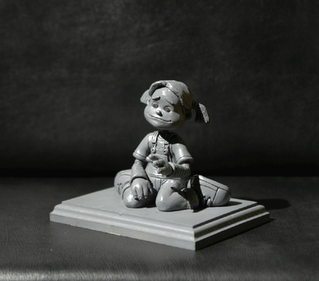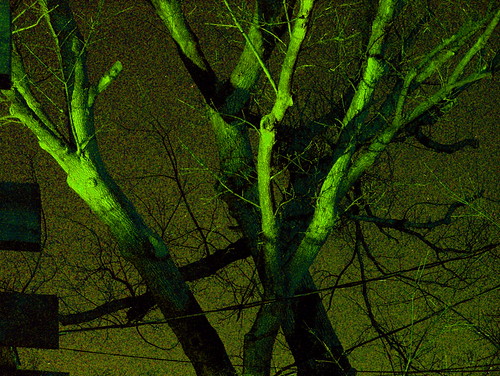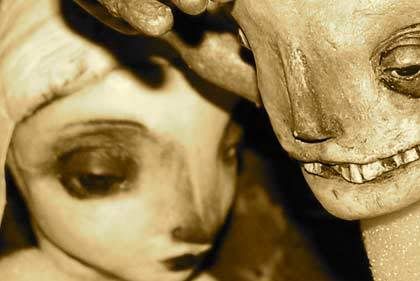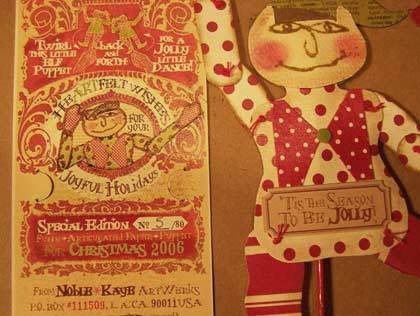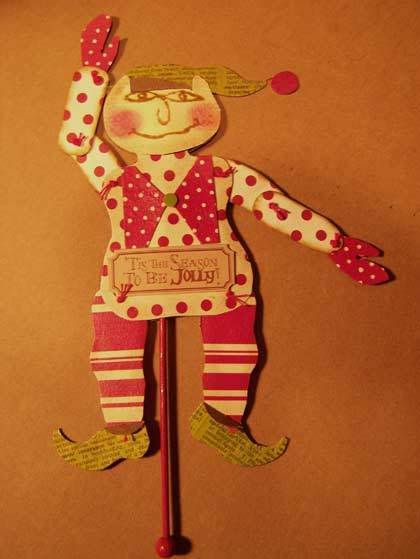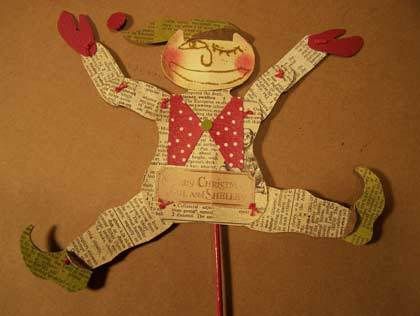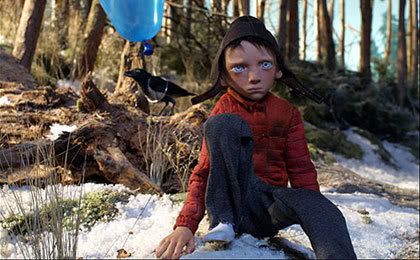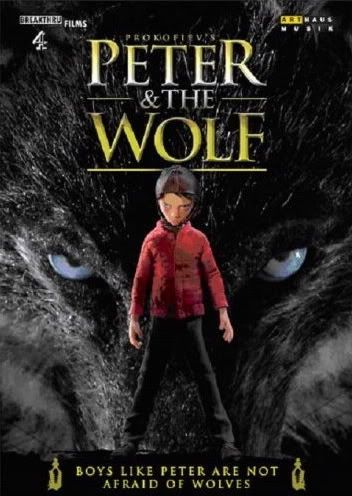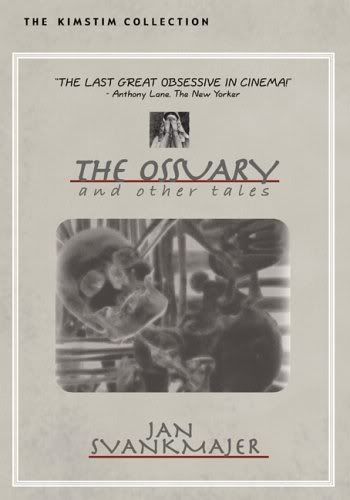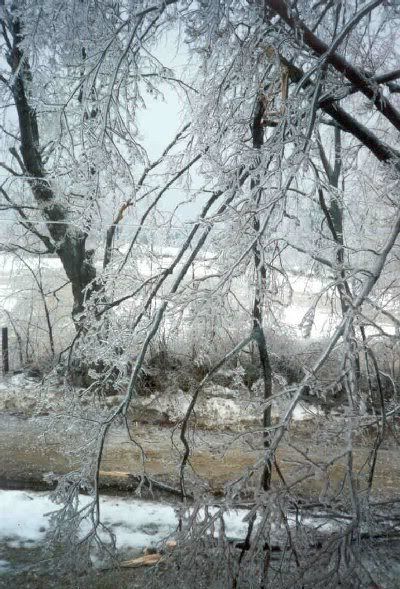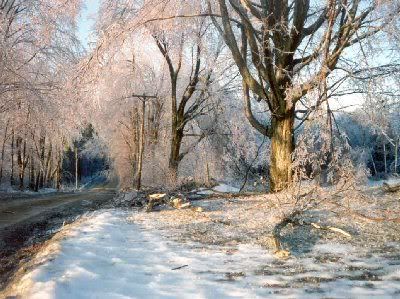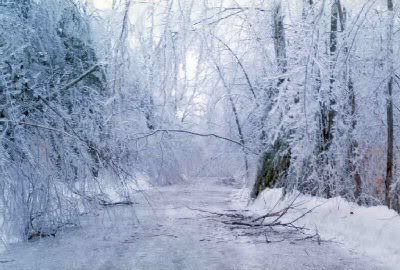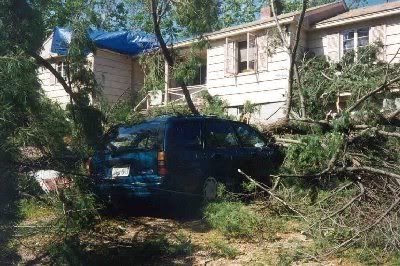
Street of Crocodiles

Prison Sex video
Hope the title isn't too misleading - this isn't intended to be a complete study of montage in motion, just a comparison between two sequences to see what we can learn by analysing them. I've chosen two similar(ish) sequences from two excellent films; Street of Crocodiles by the Quays and Tool's Prison Sex video. It's obvious the Tool videos are strongly influenced by the work of the Quays, but it's also obvious that the directors/animators have tried to go their own way, as difficult as that is under the monumental infuence of something so startlingly original and powerful. In this day and age, with the work of the Quays becoming more and more well-known, anyone influenced by them is in the same boat as the fantasy illustrators of the 70's who labored in the mighty shadow of Frank Frazetta.... it's impossible to do anything that isn't either a
tribute to (or in some cases outright plagiarism) or a
reaction against that work. And that's the crux of the problem faced by so many of us animators who are fascinated by the Quays - how to break away and not end up copying them!
But I digress - that isn't the point of this entry. Rather I want to go in-depth and really analyse what's happening in each of these clips, at least from a cinematography viewpoint.
One of the major differences is in the design of the set for each clip. As the Quays stated in an interview, they like to (and I paraphrase as well as my memory allows):
" design the decor in such a way that the action of the scene can be framed through the portals of the architecture of the set". And this does always seem to be the case in their films - we're usually seeing puppets through framing devices like windows or doorways, archways, or something similar. It makes the sapce seem more complete, or in theatrical terms completes "the illusion of the fourth wall". In the Tool video we only see a corner consisting of two walls meeting, which comes across as rather bare in contrast (not that it's really fair to compare the two, I do it only for purposes of comparison and contrast in order to point out things that might be hard to express otherwise). So already, before even introducing a puppet or movement of any kind, we see the excellent design aesthetic of the Quays and how important it is in creating their little worlds. I think it would be fair to say that at least 99 percent of all stopmotion films fall into the category opf the Tool clip, utilising a simple three wall configuration. Let's face it, it's a heck of a lot easier to build and to animate in!
The next immediately apparent difference to me is in the puppets. Quay puppets are cobbled together from scavenged pieces of antique dolls, bringing to bear a certain sense of antiquity and of stylishness that's lacking in (again) 99% of stopmotion films. In nmoist stopmo productions the puppets are freshly cast from molds or built up, and the aesthetic is toylike - super-clean and brightly painted, or else it's an attempt at realism as is the case in more naturalistic creatures of the Harryhausen/O'Brien ilk. I know it sounds like I;m knocking these types of puppets... I really don't mean to! It's just so rare to run across something at the level of what the Quays do, and it's hard not to let the praise seep into my rhetoric. Here's a thought that once again relates to my iodea of
"Things that work well (in stopmotion) and things that don't" (which was originally a result of studying Quay films) - how hard do you suppose it was to build that puppet from Street of Crocodiles compared to the (from what I understand) almost 4 foot tall silicone puppet in the Prison Sex video? I believe the Quays will use (often mismatched) parts of old dolls or puppets and insert custom-made joints between them. They both make puppets, and I assume they're making ball and socket joints and somehow fitting them into the parts. If you study the puppets you notice the proportioning isn't right, in fact it's downright bizarre.... necks are twice as long as they should be, wrists don't bend in the right place. These are practically the only determining factors in the design of most puppets fabricated specifically for a production, within the limitations imposed by the materials and size of joints needed. And yet somehow the Quay puppets come out looking more natural, more "right" than even the most carefully designed and painstakingly fabricated rubber puppets. At least for their intended purpose... I'm sure a Quay puppet wouldn't look right wandering around in a Tim Burton film, nor would Jack Skellington or the Corpse Bride be at home in a Quay film. I think it works because the Quays are so true to their "found object" aesthetic. Just as when they build a set they don't attempt to imitate realistic textures or proportions.... "The Zone" for Street of Crocodiles, while built to represent a dilapidated and rundown warehouse district was far from naturalistic. Instead they basically used large sheets of material (I'm assuming wood for the most part, though there were also sheets of grimy glass) on which were applied various widgets and textures and some attempt was made to create a surrealistic sense of a warehouse district. An approach like this is more organic and process-oriented than the more fastidious and painstaking process that begins by designing a set and then building it so that realism is imitated. I still wince when I remember how much effort and time went into just making two brick-textured panels for my Race the Wind tests a while back! Yeesh! Then I look at the old Hat Tip Test where all I did was pour out some Durham's Rock Hard Water Putty onto a sheet of cardboard and press in a bricklike texture with the edge of a lathboard and it looks even better! somehow it suits the aesthetic better too.
Ok, on to the fun stuff! this is the main point I want to make - the use of montage technique in each of these clips. In Street of Crocodiles it's subtle and sophisticated, conveying a continual sense of movement through space (albeit a twisting motion) whereas in the Tool video it's patchy and fails to really move in any direction. I'll examine my reasons for saying this, but first a bit of quicktime lore to help you get the best use out of this exercise - the beauty of using quicktime for an animated clip like this is that you can pause it by tapping your space bar, and then progress frame by frame either forward or reverse by using the arrow keys. I don't know of another type of online video viewer that allows this. Also, to really examine the animation or the cinematography closely, turn the volume all the way down so you're not distracted by sound. As you read each part of my commentary you might want to go back and watch the part I'm discussing. Ok, on to our discussion....
Street of Crocodiles clip:We begin with a view of/through a sheet of dirty glass. Already this is multi-layered, because you're seeing the surface of the glass as well as what's beyond it. The camera is in motion, seeming to seek out something. The camera moves in the quay films always seem to be active, seeking something - be it the next interesting object or area, the next puppet to be introduced, or a reaction shot looking toward some sudden action. This makes the camera a sort of narrator, and brings the viewer into the film almost actively, or rather as if he's being led through it by a storyteller. It's like being on a guided tour rather than just wandering the streets on your own not knowing where to look next. So often when i see montage or camera movement used in movies these days it's completely unmotivated, apparently just for the sake of making a movie more exciting like a roller coaster ride. But the Quays are very "old school", and use camera movement only to make a point.
So, we begin with the camera drifting sort of aimlessly across this expanse of dirty glass, while something mysterious is pulsating slowly behnd it (or is it reflected on the front, who can tell? Another level of mystery). The pulsations have an almost living quality to them, like the rhythm of a heartbeat. This parallels certain other rhythmic movements they've populated this wasteland with, all seeming to be dictated by the rhythm of the "rubberband cutting machine" at the heart of "the zone". Only for a second is the camera's wandering aimless, then it's suddenly drawn by the appearance of our nameless hero, who's on the other side of the glass peering through it intently (almost as if looking out at us, but trust the Quays never to do anything so tacky). Not only is he looking through the glass, but he's rubbing a tiny hand against it, strengthening its tactile quality and giving the impression of maybe wanting to wipe away some of the grime to see better through it. Like the camera before spotting him he's looking around kind of aimlessly at first, then suddenly seems to spot something. He whirls, lifting to more completely fill the scene. It's a beautiful entrance, done with incredible subtlety. He sees something else on the other side, whirls again, and rises even more fully into view, changing the composition. He rapidly flees this shot to appear in the next, raptly intent on whatever's caught his attention. He keeps this behavior up, looking into windows on either side of the street, as if fascinated by the strange things he sees in these shops. The rhythm of his movements is important... as in a lot of european animation there's a sort of flow/pause/flow quality, fluid and graceful, but punctuated by sudden abrupt changes of direction or complete reversals (in the sequence there don't seem to be any complete reversals, which would interrupt the constant forward progression, though at times he spins into
almost the opposite direction> It's important to note though that even when he does this, he seems to actually be still moving forward in a twisting path dictated by his random noticing of shiny things in shop windows). His movements, like those of the camera util spotting him, are
exploratory, leading him deeper into this glass maze. This section serves as a transition from one part of the film to the next, leading him (and us along with him) into the tailor's shop, where the rest of it takes place. Cutting is always "on the action", meaning an action will begin in one shot, an action that would take the character
out of that shot, and when the next camera setup is revealed that same action is continuing. It helps make cuts less visible, or to bridge them smoothly. If he whirls and is leaving a frame off the left edge, he enters the next frame
from the right, still moving
toward the left. It's continuity in effect.
He dodges across the street and looks in the opposite glass wall, and this time there's a reflection of him, adding yet again to the sense of his being actually enclosed in this glass space. Note the way he leans so far forward, his torso diagonal. So often puppets walk around upright and just stroll lazily from one place to the next. This guy always seems to be moving dynamically - rising into a shot or dropping out of it as if going to his knees for a better look. He spins into a shot and whirls out. Its like a dance, graceful and elegant. And in fact, the Quays always say they work from a very musical standpoint. Their action is in rsponse to musical and auditory cues, or rhythmical like music, rather than being propelled by drama or narrative.
And the final shot of this sequece adds another level of mystery and artifice, when it's revealed that what you at first think is the puppet himself is actually only his reflection, and when that spins off the edge of the shot the hand of the real puppet glides in, closer and still continuing the same twisting motion begun by it's reflected doppleganger. Absolutely brilliant! And "All done with mirrors"! This kind of motion couldn't be pre=planned and storyboarded... I believe it could only occur when you've got your set put together and you play arpund a bit with the camera and puppet, watching carefully for new possibilities. That's one of the greatest strengths the Quays have, their ability to 'listen' to a puppet, to notice the possibilities offered by a particular setup. If you're working from a strict storyboard you're blind and deaf to those possibilities.
finally, (though I already sort of covered this it bears re-examining) think about the way the puppet moves through space - the flat space of the frame in each shot, as well as the 3 dimensional space of the set. He's down low, only the top of his head and a hand visible, then he rises up (the movement motivated by his exploring of the set) to move more fully into the center of the composition, to become the focus of it as it were. Then he moves from a half-up shot to an extreme closeup, focus on his eyes, giving the impression of thought going on (because he's exploring and that's made palpable by use of cinematography and staging). And when you examine his movement, be it across the flat surface of the computer monitor or through the fully 3-dimensional space of the set, he's always twisting and snaking forward. I could go on and on, but this is long enough already! Time to move on....
Prison Sex videoFirst let me say, I
Like this video, though I'm basically using this sequence to illustrate some common mistakes in cinematography (or what amount to mistakes when compared to the sublime work we've just seen). I won't examine this one as in-depth as I did the Quay clip (you can breathe easier now - it's almost over!). I feel like what we have here is a typical american action-movie montage, like sopmething where you'd expect to see an explosion or a car crash, maybe with the hero and his girl flying in slow motion through the air toward camera in front of it.
We begin with three successive shots of - essentially the same motion from differnet camera angles. It all takes place in this simple corner set, and the movement is completely unmotivated. Why is this puppet standing up (over and over again)? We don't know. I suppose it's her entrance, but nowhere near as effective as that brilliant scene just analysed (though that wasn't even our hero's entrance, just his entrance into that particular sequence). The standing-up motion is kind of dull to begin with, rising from a hump-backed lump. It isn't visually compelling enough to warrant three successive views. And the use of three separate camera angles to shoot the same action is annoying to me - it's what's done as I said in action movies to ensure good coverage of an unrepeatable event like an explosion or a crash, and today's rather unimaginative directors simply don't want to choose between all the coverage, so instead they show each shot one after the other, doubtless thinking it's exciting and that it increases the film's dynamism and appeal. Wrong! It
could, if it was done effectively, with continuous motion as was demonstrated in the Quay clip, but instead we see part of the action, then in the next shot it's
rewound back to the first frame and we have to watch it again. And again...... point taken I trust. What I'm saying is, once the character has stood up, why do we want to see her crouching down again/! It's self-thwarting behavior... it takes us back to square one. In a game, if you keep going back to square one it means you're not doing well.
There's something else I find annoying about this clip as well.... it's about the positioning of the puppet relative to the frame. She always seems to be centered and upright, after completing the standing up gesture. Take the shot where her hands are right in front of the camera in extreme closeup.... there's a centeredness to them as well. Each hand takes up half of the screen space, divided neatly across the center. They move in opposite directions, but at exactly the same rate, so the movement balances out any dynamism it could have had. It IS a neat visual, but could have been so much more powerful from a different camera angle or with a little shifting of visual elements. Instead it becomes like a simple gate opening, revealing the puppet standing perfectly upright and centered behind it. And then the final shot - where I ended the clip. Something annoying about it as well to me. She's not centered now - or is she? The head is off to one side, and looking away at an angle, but then up comes the hand and now head and hand are perfectly balanced against each other, each occupying the center of its screen section. And that final shot (of my clip).... does anyone really stand like that? I mean even in mid-gesture, with the hand pointing straight up and palm flat directly forward? It just seems really fake and unnatural to me. As bizarre as some of the Crocodile man's movements were, they always felt natural and were motivated.
Ok, guess I'll wrap this up now. See ya next time!

